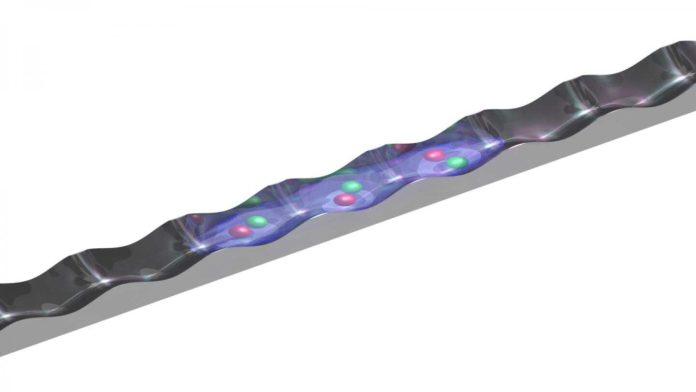All liquids have ubiquitous nature. However, all the varieties of liquids have a common feature: being self-bound in free space in the form of droplets.
It is significant for scientists to understand how liquid forms by adding particles one by one from a microscopic perspective.
In recent, scientists observed a new type of quantum droplets in ultracold atomic systems. These are made of alkaline atoms, which are cooled down to shallow temperatures of the order of nanokelvins.
The main peculiarity of these systems is that they are the most dilute liquids ever experimentally observed. Unprecedented experimental control over the system opens the chance of unraveling the system prompting quantum droplets’ formation.
In a new study, scientists from the Institute of Cosmos Sciences of the University of Barcelona (ICCUB) Ivan Morera and the late Prof. Artur Polls led by Prof. Bruno Juliá-Díaz, in collaboration with Prof. Grigori Astrakharchik from UPC, present a microscopic theory of lattice quantum droplets which explains their formation.
Their study suggests that effective interactions between dimers (bound states of two particles) can explain the quantum droplet’s formation. Furthermore, by solving the four-body problem, they have shown that tetramers (bound states of four particles) can appear, and they can be interpreted as simple bound states of two dimers.
These tetramers’ properties already coincide with the ones of large quantum droplets, which indicates that many of the feature properties of the many-body liquid are contained in the tetramer. They also discussed the possibility of observing these strongly correlated droplets in dipolar bosons or bosonic mixtures in optical lattices.
Journal Reference:
- Ivan Morera et al., Universal Dimerized Quantum Droplets in a One-Dimensional Lattice, Physical Review Letters (2021). DOI: 10.1103/PhysRevLett.126.023001
